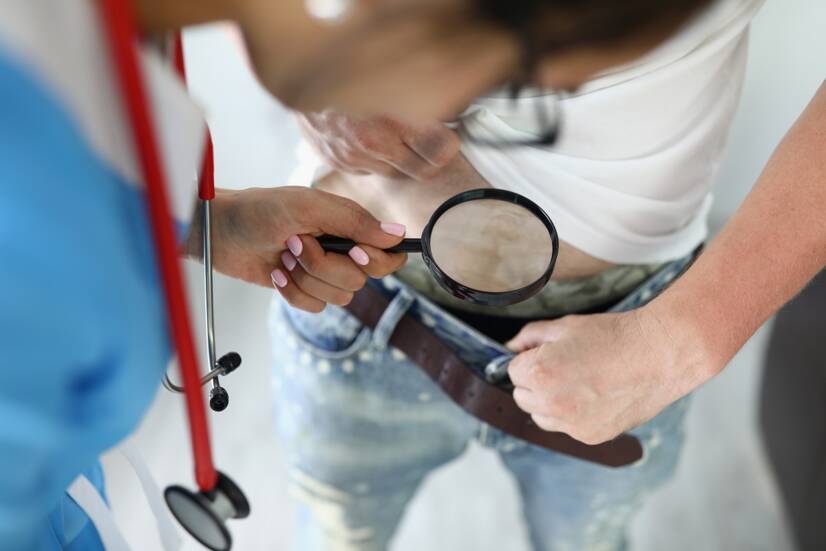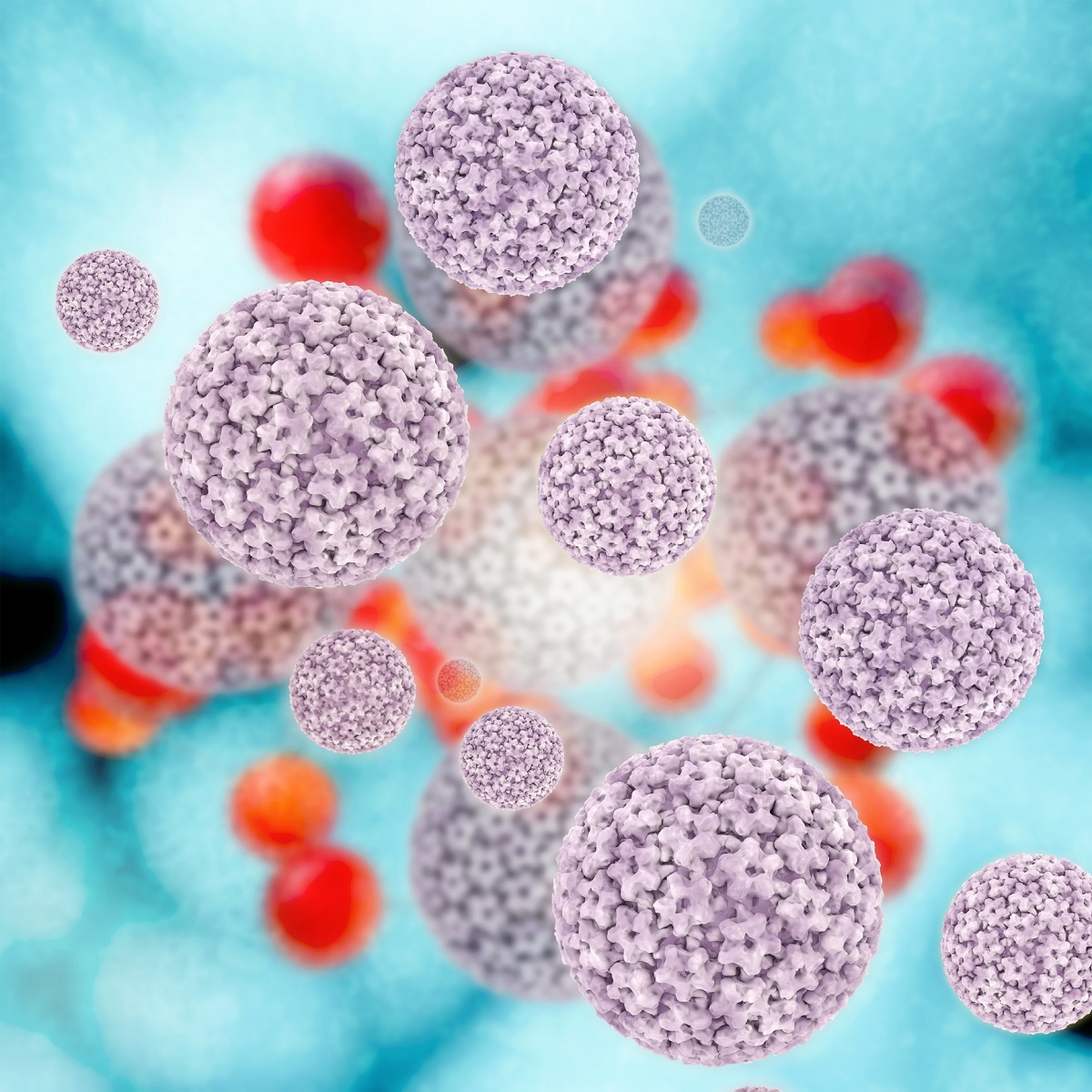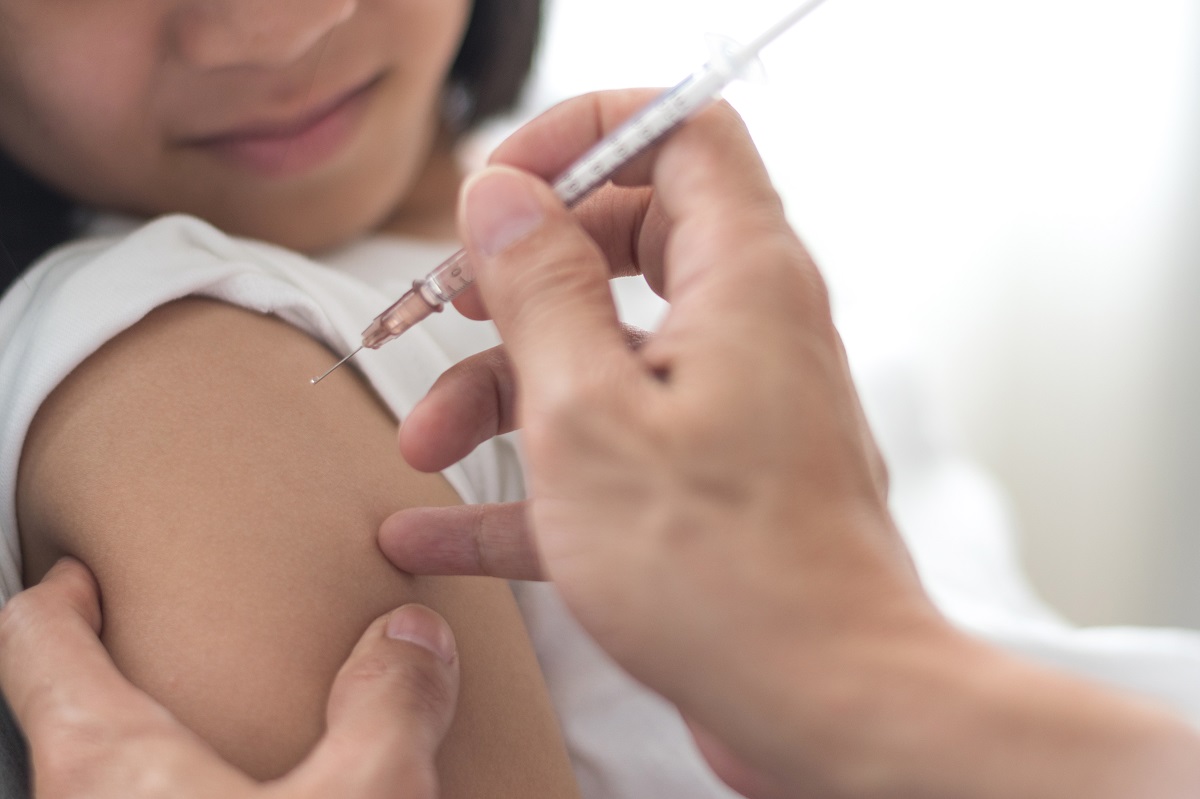- Ferri, Fred F. (2017). Ferri's Clinical Advisor 2018 E-Book: 5 Books in 1. Elsevier Health Sciences. p. 1376. ISBN 9780323529570.
- Juckett, G; Hartman-Adams, H (Nov 15, 2010). "Human papillomavirus: clinical manifestations and prevention". American Family Physician. 82 (10): 1209–13.
- "CDC - Genital Warts - 2010 STD Treatment Guidelines". www.cdc.gov.
- "Genital warts". NHS.
- US National Cancer Institute. "HPV and Cancer".
- US Centers for Disease Control. "Genital HPV Infection - Fact Sheet".
- Syrjänen, Kari J.; Syrjänen, Stina M. (2000). Papillomavirus infections in human pathology. Chichester [u.a.]: Wiley. p. 1. ISBN 9780471971689.
- Scheinfeld, Noah (2017-01-04). "Condylomata acuminata (anogenital warts) in adults: Epidemiology, pathogenesis, clinical features, and diagnosis".
- "Condylomata Acuminata (Genital Warts)". The Lecturio Medical Concept Library.
- ^Lacey, CJ; odhall, SC; Wikstrom, A; Ross, J (Mar 12, 2012). "2012 European guideline for the management of anogenital warts". Journal of the European Academy of Dermatology and Venereology. 27 (3): e263-70.
- Veldhuijzen, NJ; Snijders, PJ; Reiss, P; Meijer, CJ; van de Wijgert, JH (December 2010). "Factors affecting transmission of mucosal human papillomavirus". The Lancet Infectious Diseases. 10 (12): 862–74.
- Gormley, RH; Kovarik, CL (June 2012). "Human papillomavirus-related genital disease in the immunocompromised host: Part I.". Journal of the American Academy of Dermatology. 66 (6): 867.e1–14, quiz 881–2.
- Cardoso, JC; Calonje, E (September 2011). "Cutaneous manifestations of human papillomaviruses: a review". Acta Dermatovenerologica Alpina, Pannonica et Adriatica. 20 (3): 145–54.
- "United Kingdom National Guideline on the Management of Anogenital Warts, 2007" (PDF). British Association for Sexual Health and HIV.
- Sinclair, KA; Woods, CR; Sinal, SH (March 2011). "Venereal warts in children". Pediatrics in Review. 32 (3): 115–21, quiz 121.
- Workowski, K; Berman, S. Sexually Transmitted Diseases Treatment Guidelines, 2010 (PDF). United States Centers for Disease Control. p. 70.
- United States Food and Drug Administration. "Gardasil".
- UK Department of Health. "Your guide to the HPV vaccination from September 2012".
- UK Medicines and Healthcare products Regulatory Agency. "Human papillomavirus vaccine Cervarix: safety review shows balance of risks and benefits remains clearly positive".
- Kodner CM, Nasraty S (December 2004). "Management of genital warts". Am Fam Physician. 70 (12): 2335–2342. PMID 15617297. Archived from the original on 2008-07-20.
- Lipke, MM (December 2006). "An armamentarium of wart treatments". Clinical Medicine & Research. 4 (4): 273–93.
- Mayeaux EJ, Dunton C (July 2008). "Modern management of external genital warts". J Low Genit Tract Dis. 12 (3): 185–192.
- Scheinfeld N, Lehman DS (2006). "An evidence-based review of medical and surgical treatments of genital warts". Dermatol. Online J. 12 (3): 5. PMID 16638419.
- Meltzer SM, Monk BJ, Tewari KS (March 2009). "Green tea catechins for treatment of external genital warts". Am. J. Obstet. Gynecol. 200 (3):
- healthline.com - Genital Warts
- medicalnewstoday.com - What you need to know about sexually tranmitted infections
- mayoclinic.org - Genital warts
Genital Warts: Causes, Symptoms, Types

Photo source: Getty images
Most common symptoms
- Vaginal Discharge
- Anal pain
- Urethral pain
- Painful urination
- Wetting of the skin
- Itching of the rectum
- Itchy skin
- Itching of the vagina
- Vaginal discharge
Show more symptoms ᐯ
How are genital warts treated? Medication, ointments or surgery?
Show moreGenital Warts is treated by
Other names
Condylomata acuminata, venereal warts, anal warts, anogenital warts














